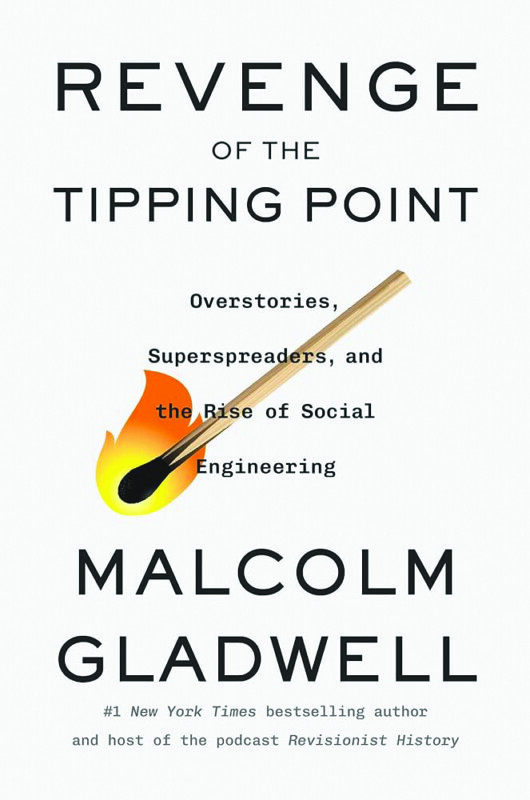An aspiring actress in 1978 Los Angeles goes on The Dating Game where one of the bachelors is a serial killer in Woman of the Hour, a movie about real-life killer Rodney Alcala directed by and starring Anna Kendrick.
Cheryl (Kendrick) reluctantly accepts her agent’s offer to be a contestant on The Dating Game because it will get her seen and earn her a paycheck. Intercut with scenes of her preparing for the episode, we see scenes of Rodney Alcala (Daniel Zovatto) throughout the 1970s meeting and murdering women across the country. Sometimes it seems like he’s close to getting caught but — as you learn when you dive down the Wikipedia rabbit hole — aliases, moving and the general non-centralized nature of ye olde law enforcement means he is mostly free to kill again even after arrests and periods of incarceration.
The Dating Game episode itself isn’t terribly exciting — Rodney’s appearance on the show is just a weird footnote to his life. And a story line about a woman in the audience at the show who recognizes him doesn’t add the urgency that I suspect is the reason for being for the character. What the movie does do chillingly well is show all the times Cheryl — all the female characters really but especially Cheryl — has to negotiate what is happening in the moment between her and some man. Look too angry or act too brainy with some men, and it could lose her a job. Rebuff an advance and maybe she loses a friend or maybe the man in question becomes violent. It’s well done, the subtle shifts she tries to make to placate men whose anger could be dangerous — professionally, socially or even physically. The tension in this movie is all in whether the woman in any given scene can pull it off, can use self-effacing giggles and light humor to get away from someone she realizes could be dangerous. Can she pull it off and what happens when she has to acknowledge out in the open that she’s in danger — boo, there’s your depressingly real spooky season scare. B-
Rated R for language, violent content, some drug use and a sexual reference, according to the MPA on filmratings.com. Directed by Anna Kendrick with a screenplay by Ian McDonald, Woman of the Hour is an hour and 35 minutes long and distributed on Netflix.
The Wild Robot (PG)
A robot gains heartbreaking emotions due to the “crushing obligation” of parenting a gosling in The Wild Robot, a beautiful and beautiful-looking animated movie based on the book by Peter Brown.
Roz (voice of Lupita Nyong’o), as the robot is eventually called, is a bipedal Siri-like entity meant to solve problems and do tasks for its human customers. After crashing onto a forest-covered island, Roz finds her only potential customers are animals whose language she eventually learns to speak but who mostly just think she is a death-bringing monster. And she does accidentally crush a nest housing a bird and most of its eggs, but one egg survives. After securing the egg from Fink (voice of Pedro Pascal), a fox looking for a meal, Roz also accidentally becomes the gosling’s maternal figure once the egg hatches. A possum mother, Pinktail (voice of Catherine O’Hara), who has seen it all with her regular litters of half a dozen or more, informs Roz that her task now is to feed the little chick daily, teach it how to swim and teach it to fly to prepare it for the fall migration. Fink takes pity on Roz/sees a way to get some easy food and a protector, and helps her find eats for the little goose and even helps her pick a name for him, Brightbill (voice of Kit Connor). They build a house and become something of a family, with Roz learning patience and how to teach Brightbill to swim and eventually how to fly. Along the way, Roz becomes increasingly attached to Brightbill, even though all her efforts are aimed at helping him live without her.
And though it isn’t particularly subtle, this portrayal of parenthood feels well-observed, blending the “crushing obligation” as Roz calls her new responsibility and heartbreaking preparations for independence with the moments of sweet cuddliness. Its jokes about parenthood are along this vein — and manage to be funny, for both kids and parents amazingly, without sliding into hokiness. This story of family and eventually community is told with some exceptional animation. It has a rich storybook look that plays up the beauty of its natural setting, with color and light helping to underline the emotions. A
Rated PG for action/peril and thematic elements, according to the MPA on filmratings.com. Written and directed by Chris Sanders (based on the book by Peter Brown), The Wild Robot is an hour and 42 minutes long and distributed in theaters by Universal Studios. It is also available for rent or purchase.
It’s What’s Inside (R)
College buddies get together on the night before one gets married in It’s What’s Inside, a twisty dark-comedy thriller.
Longtime couple Shelby (Brittany O’Grady) and Cyrus (James Morosini), social media influencer Nikki (Alycia Debnam-Carey), punk-ish Brooke (Reina Hardesty), hippie-ish Maya (Nina Bloomgarden), goofball Dennis (Gavin Leatherwood) and groom Reuben (Devon Terrell) were all buddies in college and have stayed close-ish since. Forbes (David Thompson) was also part of that group but was kicked out of college after a raucous party that involved his high school-age sister Beatrice (Madison Davenport) getting drunk and aggressively hitting on Dennis. He went to California to become a tech bro but has returned to attend this party and brought with him one of his famous party games. As trailers suggest, the game involves a perception shift, one that would seem particularly risky in this group of people with past, current and unrequited romantic attachments, but then perhaps that is also the appeal.
It’s What’s Inside plays with the vibe, story beats and setting (the weird-art-filled mansion of Reuben’s late mother) of a horror movie but is solidly in thriller territory, injecting a sense of naughty humor into the movie inside of jump scares. The movie asks a little more of its cast than standard horror movie run-and-scream and I think they all deliver well enough, which is an impressive little accomplishment. B-
Rated R for pervasive language, sexual content, drug use and some violent content, according to the MPA on filmratings.com. Written and directed by Greg Jardin, It’s What’s Inside is an hour and 44 minutes long and is streaming on Netflix.
House of Spoils (R)
Is chef Ariana DeBose going crazy because of toxic restaurant culture or because she’s trying to open a fine dining eatery in a haunted house? — is the central question of House of Spoils.
Specifically, the upstate New York-or-something house where she is living and restauranting is perhaps haunted by witches, including the ghost of the witch who used to own the property and tended a witchy garden. A witchy garden with some good greens, as DeBose’s character, who I think is just called Chef, discovers. She also discovers that, as she says, some garden items are tasty friends and some are foe that send her to the bathroom with digestive troubles. This new restaurant’s owner, Andres (Arian Moayed), grows increasingly worried about the crazy eyes DeBose is developing, especially since the last chef he tried to get to open the restaurant went bananas and ran off into the forest. But the more DeBose borrows from the witch’s garden, the more culinary success she has — though is she going to nurture people with earthy greens and roots or is she about to witch-poison all her diners?
Along the way, she is awful to her sous chef, Lucia (Barbie Ferreira), saying things as horrible and sexist as any male chef would say even though DeBose’s chef has also experienced the pressures of that kind of kitchen under her previous famous-chef boss. She is also tormented by rabbits (as many a gardener is) and by an infestation of sometimes real, sometimes not, bugs, and is maybe being followed by the witch’s ghost and also maybe just facing some really unrealistic expectations for her food. Certainly all of the fancypants high-end micro-green-placed-with-tweezers dishes are pretty unappetizing-looking, perhaps a commentary on food so elevated it’s lost all food qualities of nourishment and comfort.
Probably because I expected basically nothing of House of Spoils, I had fun with it. Some of the Points We’re Making are a little more spelled out than they need to be, but overall the movie has a light touch with its mix of horror and psychological suspense, all covered in flakes of a dark sense of humor. DeBose does a good job of riding the line between exacting, unjustifiably harsh and exhaustion-borne “going a little bit nuts.” I enjoy how, not unlike the holiday movie arms race between various streamers, this burst of October spooky-tinged movies pushes the ideas of horror off into weird and fun directions. B
Rated R for language and some violent content, according to the MPA on filmratings.com. Written and directed by Bridget Savage Cole & Danielle Krudy, House of Spoils is an hour and 41 minutes long and streaming on Amazon Prime Video.






